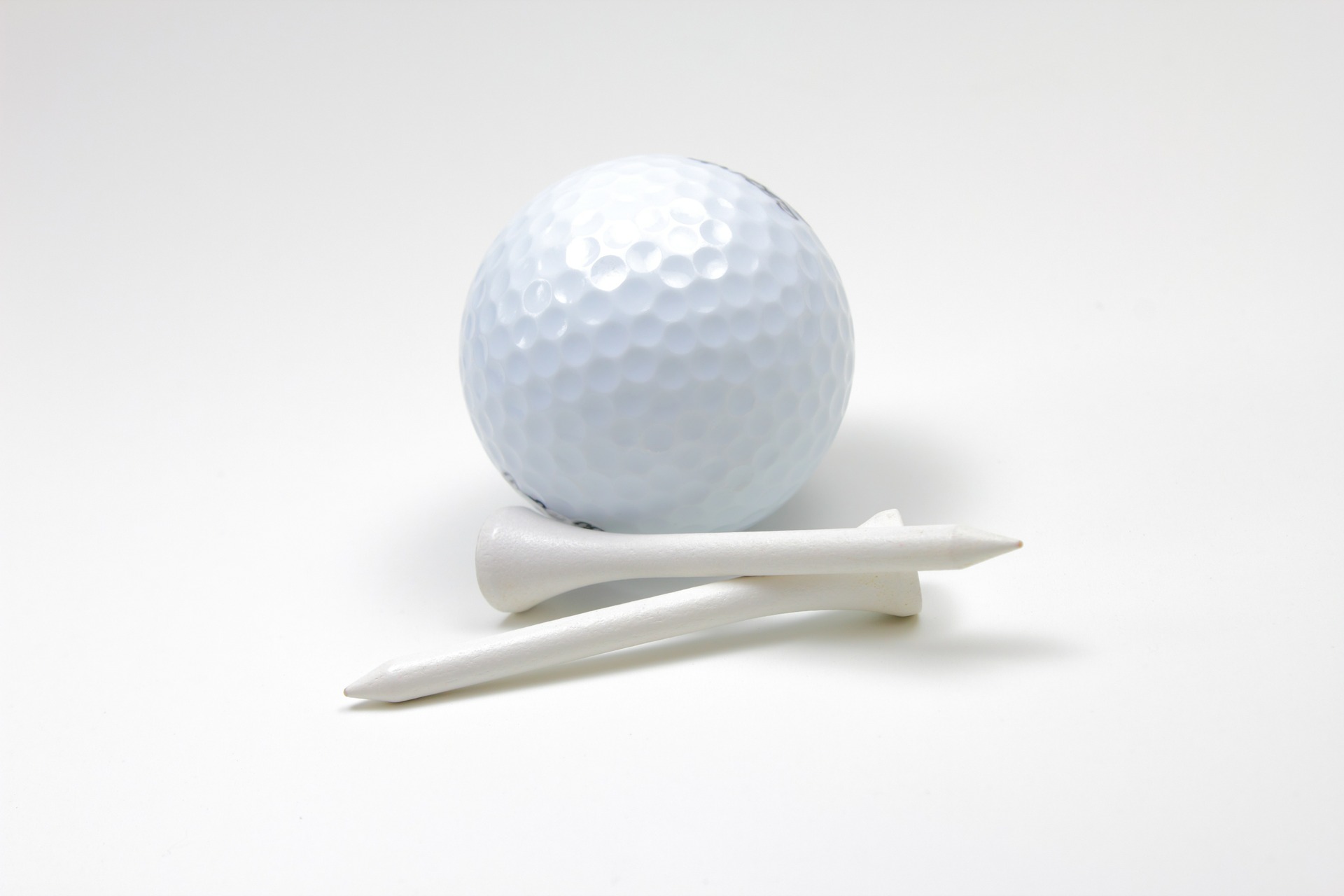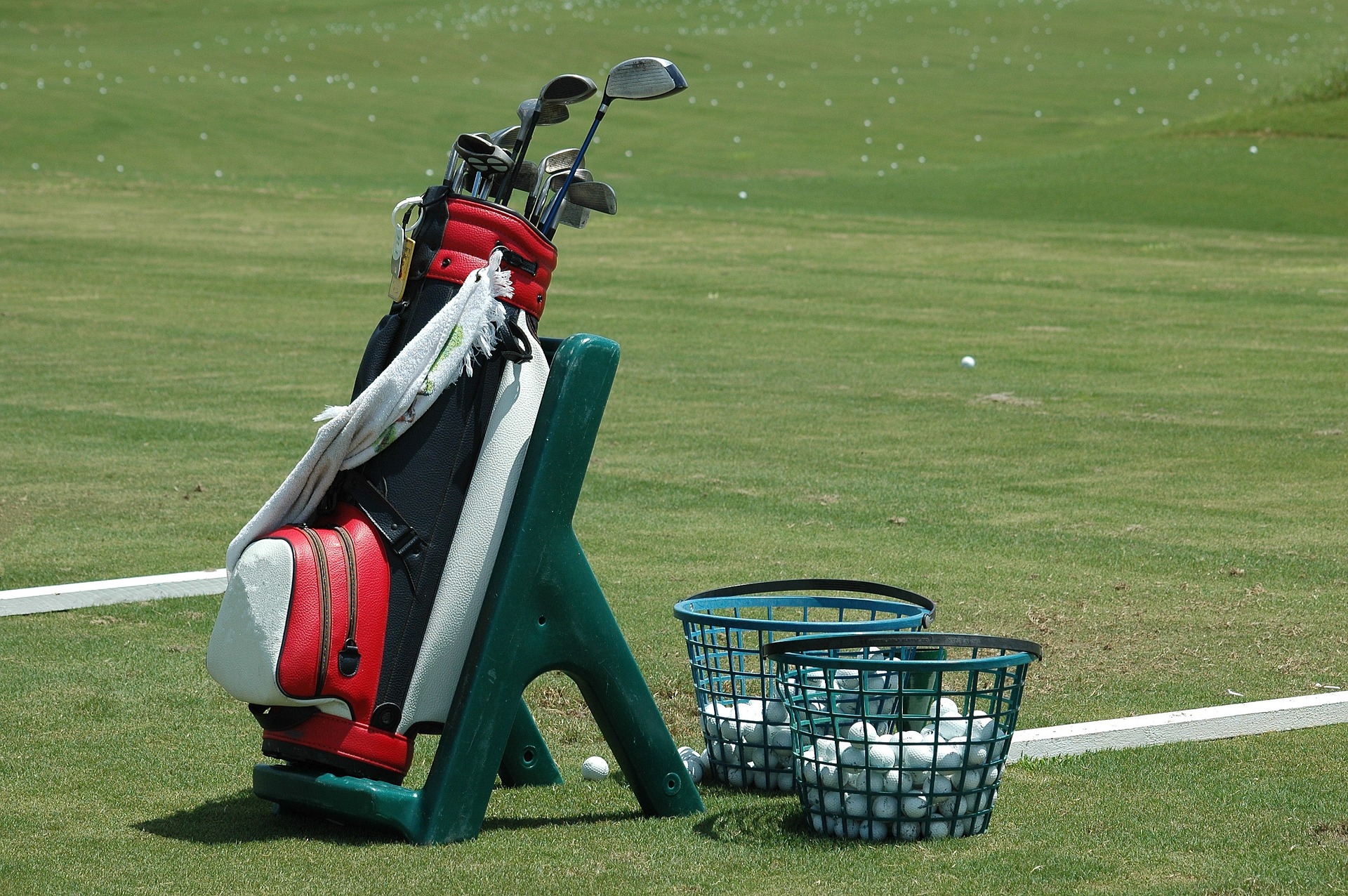Getting into golf is a smart time investment as far as hobbies go. Distance running, basketball, racquetball, and pretty much every other common adult sporting type pastime requires young knees, backs, joints, etc. Golf is a durable form of competition that stands the test of time.
If you are just getting into golf or are just looking for ways to enhance your experience as you play, you should consider the equipment that you are using. Having the right items in the right quantities can raise the level of enjoyment that you get while engaging in a classic hobby.
Tees:

You probably already knew that you needed to bring golf tees with you. What you may not realize is how many tees you should have stocked in your bag at any given time. Tees start your whole game off. You start by driving a ball off of a tee. Nothing could stunt the fun of a round of golf like getting to the tee box on your first hole and find out that you have two tees left in your bag and they are both cracked and broken. This is not something that you want to happen at a high-level course. These courses are institutions unto themselves and making sure these precious moments are all they could be is a top priority.
Especially relevant for new shooters is the high turnover rate for golf tees. You are going to break them as you hit off of them. You are going to leave them behind as you hit a monster drive and forget all about them. Burning through tees is pretty standard so you should replenish your stock every time you go out.
Gloves:

Just like forgetting to get enough tees will start your game off on the wrong foot so as to can forgetting your golf glove. Used to enhance a driving swing, gloves are a mainstay for the serious golfer. Sure you could try to play without it, but changing even this smallest of elements of your swing can have detrimental results.
It is a good idea to leave a spare glove in your bag. Then when you rip your main one, or it gets wet and muddy, or even when your buddy forgets his glove, you are prepared.
Towels:

You are bound to golf in different kinds of environments and temperatures. Early morning games will be wet and dewy. Late afternoon games will be hot and sweaty and what’s a little rain when having a good time golfing? Because you are going to encounter moisture in one of these forms almost every time you hit the greens, it is a good idea to keep a dedicated towel in your bag.
There are towels specifically made for golf and they might have cool logos but they serve the same purpose as the super cheap versions that you can get at a department store.
Extra Shirts:
Continuing with the theme of being prepared for wet circumstances comes the need for an extra shirt tucked away in your bag. Imagine an extraordinarily warm day that defeats your antiperspirant earlier than you would have liked. Being able to change your shirt can not only aid in comfort as you finish your round but can also mitigate embarrassment if you are playing as part of a business transaction.
Your extra shirt should be conservative. White or black and should be rotated out with others like shirts from time to time so as to avoid excessive wrinkles.
Divot Tool:
Divot tools are an accessory that seems to set apart novices and mature players. They are used for repairing areas of the green or fairway that exhibit damages known as pitch marks. These occur when a golf ball drops onto a green. The force that the ball exerts causes a small depression, or divot, to form in the green.
As a gentleman”s (or gentlewoman’s) game, golfers are expected and in some cases required to fix the pitch mark. The best way to fulfill this responsibility is with a divot tool. Click here for tips on how to correctly use a divot tool.
Refreshments:
Before you get too engrossed in the idea of having food and drink with you while you are golfing you need to check your local course regulations. Many will limit your options for sustenance to simple bottles of water. In these cases, you are limited to what victuals you can have, but thinking about what will be refined and dignified enough for a golf course can still allow you to have a pick me up stashed in your golf bag.
A small granola bar can usually be had on the course without too much fuss. Having one of these always available can be helpful for when your tee time is later than you expected and you have to wait. Other products that might pass a golf course sniff test are the sports chews that are made by several sports drink companies. Essentially grown-up fruit snacks, provide electrolytes that can get you through a physically draining hole.
First Aid Kit:
Very few injuries that are sustained while golfing require serious medical attention. Usually limited to strains and sprains, golf course first aid is pretty simple and by throwing in a few items you can further minimize any bumps or bruises that can come about.
Bandages and disinfectants will probably be the most used items in your golf bag first aid kit. Reaching for balls through tall grass, rocks, and trees are bound to scratch your skin. Blisters can form and will also need a covering to prevent infection. Having a mild pain medication can also be a godsend if you pull a ligament or develop a headache.
Range Finder:
Most likely the most involved and least necessary accessory on the list, the range finder can be a helpful tool in orienting a new golfer. Even at courses where the distances from tee to hole are known and published, the shots taken after teeing off will be a mystery. A range finder can provide a new golfer with the information they need to develop consistent swings. Learning how to hit a ball fifty yards consistently is extremely useful in any game of golf. This skill is difficult to learn unless you get a feel for how far the given yardage actually is. Here is a good resource for the latest range of finders to hit the market.
Read Also:






















